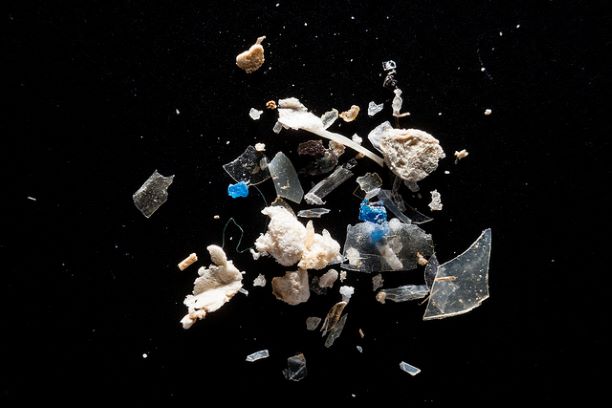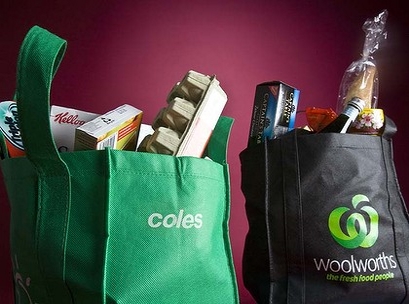Finland’s Second-Hand Goods Markets targets Sustainability challenge

This may sound like a hoarders dream place but there is more to them than meets the eye. The stores or Kierrätyskeskus (I tried to read it but failed) are more of a way of life through which it teaches as well as promotes sustainable consumption while also selling second-hand craft supplies and what it calls “incredibly fabulous” upcycled furniture. And there’s an online shop also that serves the whole Finnish nation as well as an environmental education programme.
The Finnish move follows the world’s first mall for recycled goods in neighbouring Sweden, which opened back in 2017. Sweden of course has taken to its waste challenge with a vengeance, creating headlines last year when they ran out of waste to recyle. The mall relieves the local bodies as well as a new life to products like furniture etc that would have been wasted.
The stores are not new, but they are becoming quite a sensation among the Finnish and represent the growing awareness of how our needs are putting unnecessary pressure on the planet and we need to slow way down. According to UN estimates, global population will balloon to over 9 Billion people by 2045 and these ideas (reuse centers) might just be the answer to embracing ‘circular economy’ by reusing or recycling the material which is already produced.
While the idea is similar to our Indian ethos, where our parents and family re-use and recycle clothes, utensils and furniture. These centers on the upside, also offer upcycling everything it gets its hands on. We hope the government here too will recognize the importance and the potential in this idea and maybe one day we can too launch our very own ‘Remake in India’ campaign.
There is proof to this idea. New Zealand is one such example where the government is aiming to reduce waste in a similar fashion. It all started after China shut its door to recycle plastic waste that the world elites were generating. Now cities too have started adopting principles of circular economy.

What is a circular economy?
A circular economy is an alternative to a traditional linear economy (make, use, dispose) in which we keep resources in use for as long as possible, extract the maximum value from them whilst in use, then recover and regenerate products and materials at the end of each service life.
While the idea is sound and old, many challenges remain; also such initiatives are dwarfed by the amount of waste or trash is generated every day. And do not forget the dollar stores (or in India Rs 99 stores) where you could find a plethora of cheap new products. The world has more than 9 billion tonnes of plastic since it was first made in 1950 and out of this only 9% is recycled.
The World Economic Forum’s research on the circular economy estimates that embracing the idea could provide the global economy a $4.5 trillion growth opportunity by 2030. The Forum hosts and facilitates a public-private collaboration called PACE, the Platform for Accelerating the Circular Economy, launched in 2017.
Another way forward can be relying on the interaction between large corporations and policymakers. Australia’s Reverse Garbage offers ethical shopping and education for people looking to live more sustainably. If we look at the US, Ann Arbor in Michigan is one that has a reuse centre and helped divert more than 1,200 tons from landfill in one month alone. Another initiative is the global Freecycle Network, which allows people to exchange items for free and has more than 9 million members. These ideas show that we can declare war against the throwaway culture soon, we just need the will to do it.









